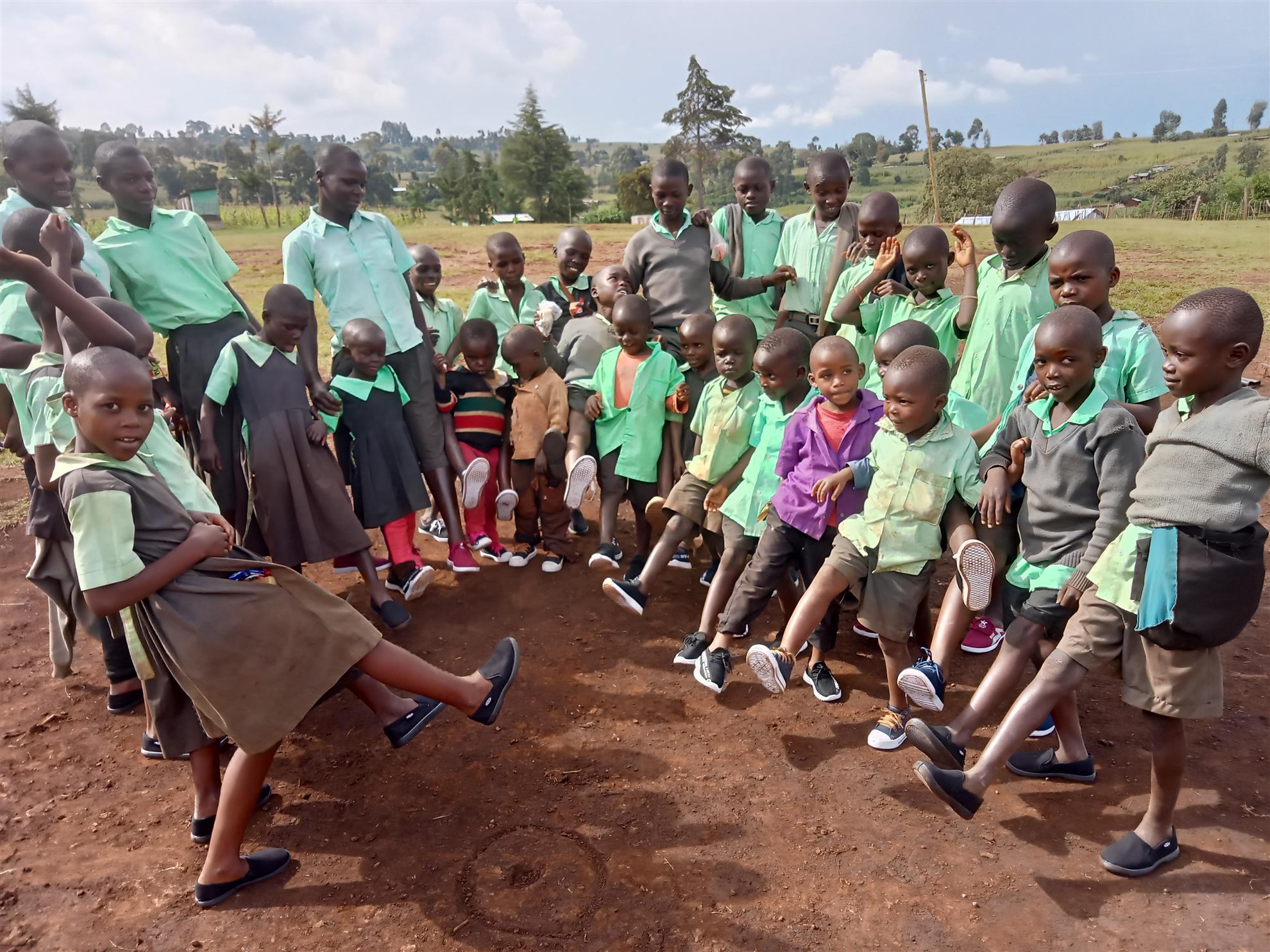KIMONDO JIGGERS FOLLOW-UP REPORT-SEPT 13-17 2021
Community members feel they have received a better understanding of what jigger infestation is, its causes and ways of eradication. Unlike before when they had a lot of misconceptions and myths about jiggers, they now understand that they have a direct responsibility in eradicating jiggers by changing their behavior especially on regular house disinfection, sanitation and general hygiene.

Kimondo is a community unit within Endebess Sub County where we have outreach sites for preventive services. We carried out a jiggers campaign within this community on the 6th to 8th of February 2021.
The approximate population is 6300, comprising about 820 households in a total of 21 villages. This is an area where people have small pieces of land on which they grow maize and beans for consumption. Some keep domestic animals in small quantities e.g. chicken, sheep and cattle. In the entire community unit we found a target of 339 cases of jiggers infestation.
During the pre-campaign activities we took more than 295 beneficiaries through training to empower them with knowledge and skills on jiggers prevention, management and house disinfection. We did the treatment exercise on the 6th, 7th and 8th February at three treatment sites within the community and treated a total of 553 cases drawn from all the villages within the community unit were treated day three, Day two 514 and day one 498 and 405 clients given each a pair of shoes.
After treatment we have been doing follow ups and so far we have had three follow-up sessions. These follow ups were meant to help us monitor and assess the rate of success of the campaign.
The objectives during these follow ups were:
- To assess the progress of behavior change as a result of the beneficiary training
- Assess the level of hygiene of their houses to see the uptake and effectiveness of house disinfection.
- In case of treatment failure, to guide on re-treatment for cases that were still having jiggers.
- To assess the level of jigger cases within the whole community by getting information from nearby government dispensary and schools on number of jigger cases being reported after the campaign.
- Assess the population that was not covered during treatment and engage relevant stakeholders to control re-infection and spread.
- Assess sustainability of the project.
During the follow-up exercises we noted a reducing trend generally in jigger cases from the information sourced from the government dispensary within the community, schools and household visits and observations. There is a behavior change trend that can be well seen within the community from the improved hygiene standards in their homes, feet and hands that were previously infected. Nevertheless, we noted a few reinfection cases and wanted to understand the underlying reasons which were as follows:
- The few re-infected cases were due to lack of shoes since 148 of cases that received treatment did not receive a pair of shoes.
- Very old people living alone had a challenge to routinely disinfect their houses and clean their beddings and feet well unless community members come in to assist them.
- The 1 container of 200g disinfecting powder we gave to each household was not sufficient especially to families who had houses with more than two rooms or had several houses within their compound.

After the above understanding we felt there was need to have a beef-up exercise to fill in the gaps that would limit us in achieving a jigger- free community.
The beef-up was made possible through continued support from Rotary Club Lund International and took place between the 13th and 17th September 2021.
The following activities were carried out:
- Continued with health education and assessed the levels of sanitation emphasizing the importance of having and using affordable shoes as one of the ways of avoiding jigger re-infestation:
- We did house disinfection and fumigation by spraying using Neocidal which is a chemical that kills fleas and is also residual to up to six months.
- Distributed more detergents and sevin powder to help improve sanitation standards.
- Distributed shoes to all those that had received treatment but did not get a pair of shoes during the campaign.
THE WAY FORWARD
- There is still need to continue emphasizing the importance of keeping good sanitation standards and effective use of shoes as one of the ways of eliminating jigger re-infestation: this will be achieved through continuous health education to these households by volunteers.
- There is need for continuous follow up with the help of Community health volunteers to monitor behavior change and to ensure sustainability of prevention measures in this community.
- With the additional exercise of health education to households and schools, house and classroom disinfection, distribution of shoes and detergents we look forward to a jigger-free community.
- We will be doing one more subsequent follow ups in the month of October to continue supporting the community towards total jigger eradication and sustaining of the gains made so far.
A final report will be submitted upon completion of the above activities!
Thank you all LIRC members!
Selina and Jacinta.